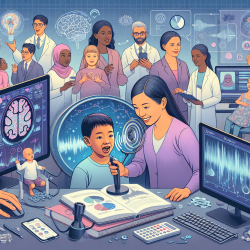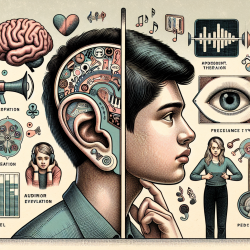Introduction
In the complex realm of central nervous system (CNS) drug development, the integration of functional imaging has emerged as a transformative approach. The research article "Use of functional imaging across clinical phases in CNS drug development" highlights the potential of functional imaging to provide objective data, thereby improving the success rates of identifying effective drugs for CNS disorders. This blog explores how practitioners can leverage these insights to enhance their clinical practices and encourage further research.
The Role of Functional Imaging
Functional imaging, particularly using nuclear magnetic resonance imaging, offers a non-invasive method to evaluate changes in brain function in response to disease states or drug effects. This technology provides objective data that can significantly enhance the probability of success in CNS drug development across all clinical phases (I-IV). By defining markers of CNS penetration, drug dosing, and target engagement, functional imaging can streamline the drug development process.
Clinical Phases and Imaging Opportunities
Phase I: Evaluative Imaging
In Phase I trials, functional imaging can determine CNS penetration and drug targeting. By evaluating drug effects on brain systems, practitioners can obtain early data on CNS-acting drugs, aiding in the determination of functional dosing. This approach can reduce costs and enhance ethical considerations by providing objective data for go-no-go decisions.
Phase II: Effective Imaging
During Phase II trials, functional imaging can offer circuit-based measures of drug efficacy. By assessing disease state and drug effects, imaging can help identify potential new indications and define measures of response. This phase is ideal for integrating imaging with novel trial designs, providing greater confidence in the validity of conclusions before proceeding to Phase III trials.
Phase III: Definitional Imaging
In Phase III, functional imaging can predict natural disease progression and differentiate responders from non-responders. By providing objective metrics, imaging can enhance the design of clinical trials, offering insights into disease modification and long-term drug effects.
Encouraging Further Research
Practitioners are encouraged to delve deeper into the potential of functional imaging in CNS drug development. By staying informed about the latest advancements and integrating these insights into clinical practice, practitioners can contribute to the development of more effective treatments for CNS disorders.
To read the original research paper, please follow this link: Use of functional imaging across clinical phases in CNS drug development.










